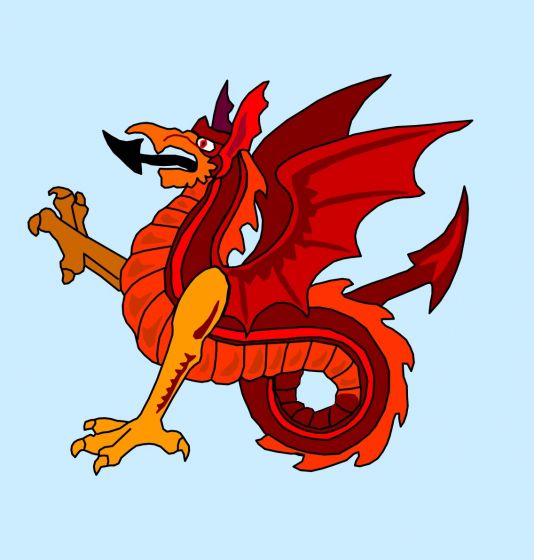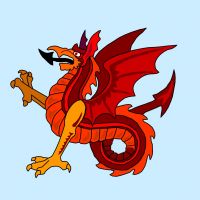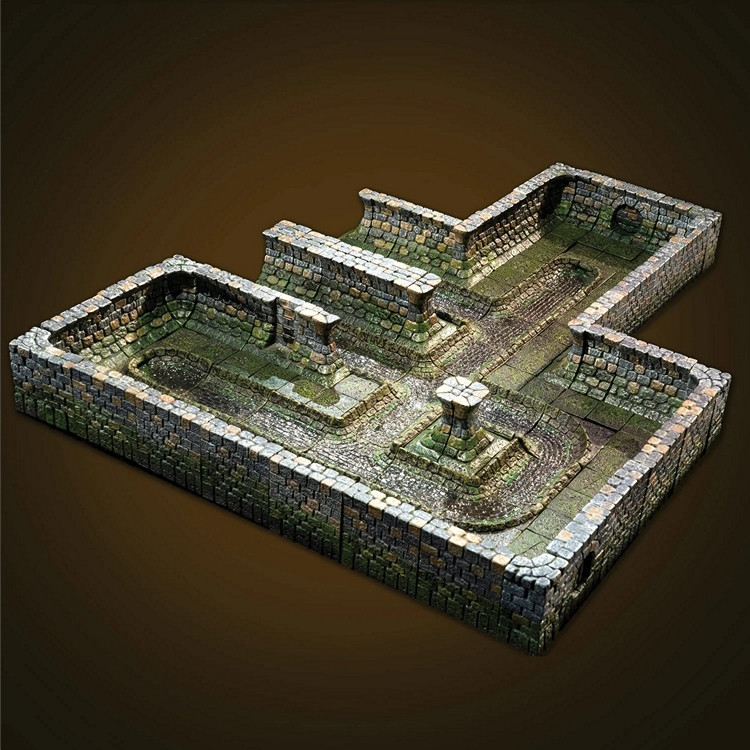
Wyvern
Wyvern
About
- Username
- Wyvern
- Joined
- Visits
- 3,149
- Last Active
- Roles
- Member
- Points
- 5,375
- Rank
- Cartographer
- Badges
- 24
-
Issues with Inked Ruins Style: Hatching "Texture" Size and Water Rendering
You're very welcome Eukalyptus! Glad it helped.
Turning off the "Restrict to map border" command was one of the first things I discovered, because it solves so many problems with the effects, such as when you've applied something like an edge fade (or other similar techniques) to a fill, to avoid getting those round the map border too, creating a border within the border, which almost always looks wrong. When I remember now, I usually turn it off in all tools I know I'll be using, because it's just so annoying sometimes. I understand why it's turned on as the default, although for someone who often works outside the technical map border - to add map keys, for instance - aside from with on-map features that don't benefit from a sharp map-border edge - it's a real pain. Appreciate I may not be typical in this though 😊!
-
Switching symbol orientation - Symbol Set 6
-
Mirabar Region Of The Forgotten Realms
Treating the Forgotten Realms setting as a sandbox onto which you can project your own preferences and ideas is an excellent one, albeit I say this as having used exactly this same Mirabar region for starting my own 5e explorations in soon after that edition first came out! Didn't get as far as I'd have liked with it, but I might return to it one day - and this image took me right back to my first mapping in the area as well.
I might make the hex grid a little more obvious is all, if it'll be important to judge distances more exactly, and quickly, during the game.
-
Community Atlas: Dendorlig Hall - A Sort-Of D23 Dungeon for Nibirum
-
Community Atlas: Embra - Crossing Places
There is a boat at the ferry crossing landing on Ferry Road, but it's a sailboat.
Ferries don't even need to be especially boat-shaped, of course, as something like a square plank raft will do, particularly of the kind that uses pull-ropes to cross the watercourse. Some of those types were still in use in places well into the 20th century (notably the more rural areas, and on relatively narrow crossings). Depends what you need, where and when.
-
Sinister Sewers - Style Development Thread (CA207)
-
Sinister Sewers - Style Development Thread (CA207)
Not a map as such, but the cast terrain company Dwarven Forge do a range of sewer pieces for their "Cities" models, which might provide some pseudo-medieval style inspiration. This link is to their main, fully hand-painted, set, and this is the main image for it:
For ideas on what sewers can sometimes look like, you might care to watch the latter stages of the 1949 movie "The Third Man", or dig through the nearly 100 images relating to it on the IMDb site here, if unfamiliar. Many of the sewer shots were from actual locations under post-war Vienna, although some (notably those with Orson Welles - where you can actually see it's him, as many of his shots were done by a double) were mocked-up/recreated in the studios later.
-
How Do I Create a Hatch Style Fill?
If I copy the file into the CC3Plus/Hatch Styles folder, I can see the file name. However, when I try to create a new tool with it, the program crashes.
It's possible the file may be too complex to be used as a hatch style, as the ones I've been using recently (from CA20) have all been very basic, just a few simple polygons at most. But I really have no other ideas right now; sorry!
-
How Do I Create a Hatch Style Fill?
You should be able to create a new drawing tool using your hatch style by taking one of the existing ones that uses a hatch style (for ease), and saving it as "New", using whatever name you prefer.
You'll need to set up the hatch style though NOT in the "Properties" section, but in the "Outline" one, as an "Extra entity", clicking the "Properties" button. Under the "Hatch style" list in the "Custom tool properties" pane this "Properties" button opens, you'll need to scroll through the list to find your hatch style, and then click it. Then OK everything, save the new tool, and test it out.
Hopefully, that'll do it! If not, I'm sure one of our resident experts will leap to your aid - good luck!
-
How Do I Create a Hatch Style Fill?
You might also try a search on the Forum here for "Hatch style", as there have been a few folks who've previously created their own, and some of the information brought up that way might be useful.
However, I didn't find any obvious file complexity limitations mentioned, so it might be something less obvious, maybe something as odd as the length or nature of the filename, or some extra "invisible" entities in your drawing. Given the Hatch Styles are all just ordinary, if small, FCW drawings though, I'm unsure what else might be happening in this case.





